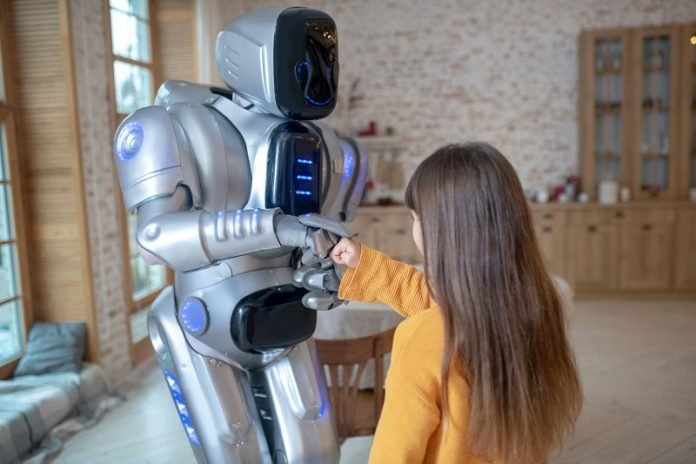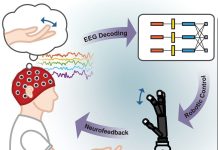
Imagine a robot helping out at home, like setting the table without bumping into things and breaking your fine china.
Before a robot can do this, it needs to be sure that its movements won’t cause any accidents.
This is where “safety check” algorithms come in.
They help robots plan safe paths so they don’t collide with anything. However, sometimes these checks get it wrong, saying a path is safe when it’s not, or they’re just too slow for real-life robot tasks.
Scientists at MIT have come up with a new way to ensure a robot’s path is safe and won’t lead to crashes.
Their method is super accurate and fast, providing proof in just a few seconds that a robot’s planned move is collision-free.
This is great news, especially for robots that work in tight spaces, like kitchens, or around people who might get hurt if a robot accidentally bumps into them.
The secret behind their success is a special mathematical tool called sum-of-squares programming.
This tool is like a magic formula that helps figure out the safest path for robots by creating a “safety bubble” around them.
This bubble, or hyperplane, makes sure the robot and objects around it don’t touch. What’s cool about this technique is that it’s not just a one-time check. The safety bubble adjusts as the robot moves, keeping it safe the whole time.
Using this method, robots can now be sure they won’t crash into anything, assuming the robot and its surroundings are mapped out accurately.
Plus, the mathematical proof this technique generates is simple enough that anyone can check it. This means you don’t just have to take the scientists’ word for it; you can see for yourself that the robot’s path is safe.
Testing showed that even for complicated movements, like a robot moving both its arms, this new method could quickly prove the paths were safe.
At its slowest, it took just a few hundred milliseconds to give the green light. That’s a lot faster than other methods out there.
This breakthrough is a big deal. It could make robots safer and more reliable helpers, whether they’re assisting in the kitchen, caring for patients at home, or working alongside humans in other settings.
While the method is speedy enough for a final safety check before a robot acts, it’s not quite fast enough to be used all the time in every step of planning a robot’s movement.
The team is working on making it even faster by skipping safety checks when the robot is far from potential obstacles and by trying out specialized mathematical tools that could speed up the process.
Experts not involved in the project are excited about this development. They see it as a big leap forward in making sure robots can safely navigate around us, avoiding accidents and making our lives easier without any mishaps.
Source: MIT.



